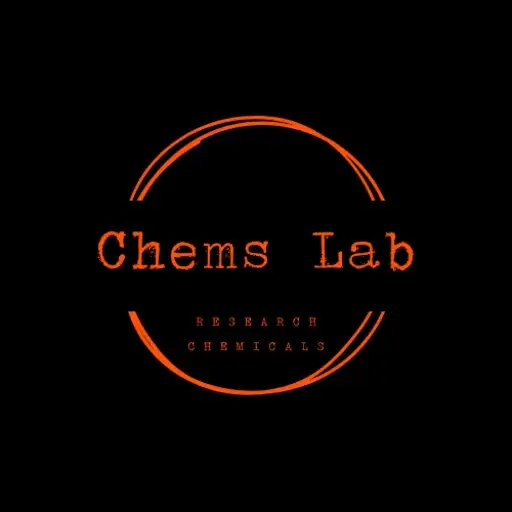by admin | Jul 2, 2023 | 2-MMC
Buy 2mmc on Chemslab now! Click here to get started. Don’t miss out on this amazing opportunity to get your hands on the best quality 2mmc available. Buy 2mmc on Chemslab Chemslab.com is an online store that offers a wide range of research chemicals,...
by admin | Jul 2, 2023 | 2-MMC
Visit Chemslab.Com now and experience the best 2-mmc shop around! With unbeatable prices and top-notch customer service, you won’t be disappointed. Shop Now! The Benefits of Shopping at Chemslab.Com for 2-mmc Shopping at Chemslab.Com for 2-MMC offers a number of...
by admin | Jul 2, 2023 | 2-MMC
Visit Chemslab, the best 2mmc shop, and get the best quality 2mmc products! Click here to start shopping now! The Benefits of Shopping at Chemslab: Why You Should Choose the Best 2mmc Shop Shopping for 2mmc can be a daunting task, especially when it comes to finding a...

by admin | Jun 29, 2023 | 2-MMC, Research Chemicals
¡No esperes más! ¡Explora todo lo que 2-MMC tiene para ofrecer hoy mismo! Haz clic aquí para visitar nuestra tienda y descubre todos los beneficios que 2-MMC puede ofrecerte. ¡No te arrepentirás! 2-MMC: Todo lo que necesitas saber 2-MMC es una droga sintética que se...

by admin | Jun 29, 2023 | 2-MMC, Research Chemicals
Comprar 2-mmc: ¿Qué es y cómo comprarlo? 2-mmc es una droga sintética que se ha vuelto cada vez más popular en los últimos años. Esta droga se ha convertido en una alternativa a la metanfetamina y a otros estimulantes, ya que ofrece una experiencia similar sin los...
by admin | Jun 29, 2023 | 2-MMC
Koop 2-MMC in Nederland 2-MMC is een synthetisch psychoactief middel dat wordt gebruikt als een recreatieve drug. Het is een van de meest populaire synthetische drugs in Nederland. 2-MMC is een vervanger voor MDMA, ook wel bekend als ecstasy. Het is een sterk...


